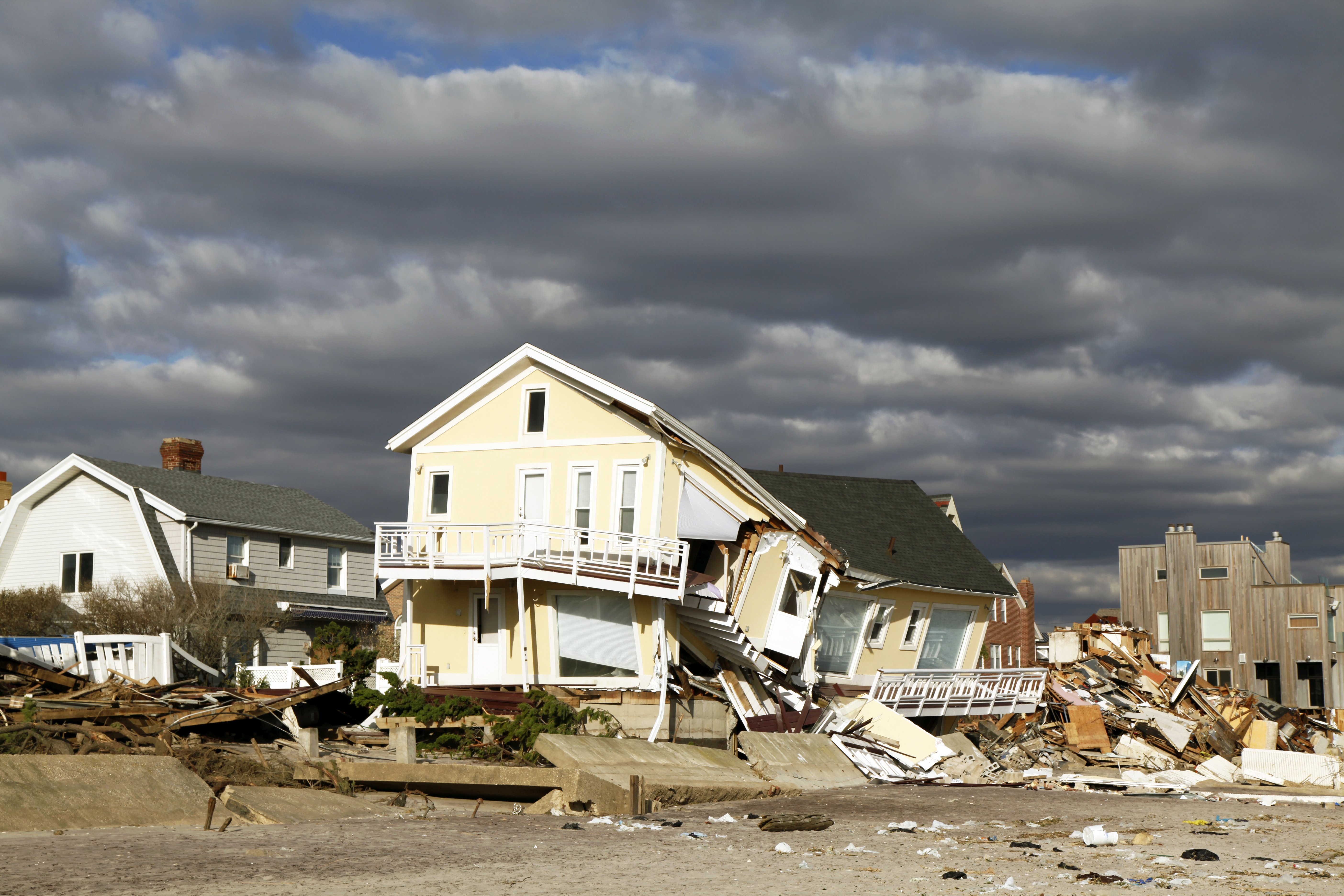Filing a Property Claim After a Hurricane
2016-06-16
 Handling the Physical Property Damage Loss After a Hurricane
Handling the Physical Property Damage Loss After a Hurricane
- Protect your property from further damage.
- If applicable, board up the premises and correct unsafe conditions.
- Separate damaged from undamaged property.
- Restore sprinklers, lights, power, alarms, and other utilities and security systems.
- Provide security for property.
- Begin repairing critical equipment.
- Proceed with emergency measures to prevent continual or additional damage (e.g., cleaning and drying).
- Identify all civil authorities involved—such as fire, police, health department, building inspector, EPA, or OSHA.
- Record any communications received regarding an order to evacuate. How did the business get the word? A written order? A verbal order? Someone heard it on the radio? Save any written orders or flyers received to document the claim.
- Confirm the type of loss—wind, water, hail, etc. Understand what perils are covered. Typically, covered perils include fire, explosion, lightning, riot, storms, and so on.
- Identify any contributing or secondary cause of loss; this is very important for subrogation purposes.
- Take photographs of all damage prior to the removal of any debris.
Collect and Retain Documentation to Support the Property Loss Claim
- Invoices
- Purchase orders
- Repair quotations
- Repair costs (temporary and permanent)
- Time and material invoices and expenditures
- Labor time records
- Cleanup costs
Handling the Business Interruption Loss After a Hurricane
- Gather Financial Records—Provide a copy of the most recent operating statement or income tax return, along with what sales records are available for presentation to the insurance adjuster for calculating the loss. Subject to policy terms and exclusions, business interruption insurance is specifically written to replace the income the business would have provided had operations not been interrupted. This is usually based on the business’ financial history, as well as other local and economic factors.
- Track Losses—Close out the books as of the date of the loss, and maintain an accurate separate record of the operating expenses that continue during this period. Remember that the insurance adjuster will probably want to verify these expenses as part of the claim process.
- Document Power Outages—If the business interruption involves the loss of electrical power, document, to the best of your knowledge, when it went off and when it was restored. If any written information was received regarding the power interruption, be sure to save it as documentation for the claim.
Additional Information to Collect and Retain to Support a Business Interruption Claim
- Extra expenses incurred to continue operations
- Production records.
- Sales journals
- Manufacturing cost statement
- Payroll journals
- Material usage reports
- General ledger
- Profit and loss statements
- Inventory records, quantities, and values
- Other data as situation dictates
Proof of Loss Statements Required by Insurance Companies Can Include:
- A statement about any other insurance that may apply.
- Confirmation of the total amount claimed.
- A summary or recap of the claimed loss by category.
- Supporting documentation, invoices, purchase orders, and replacement costs.

